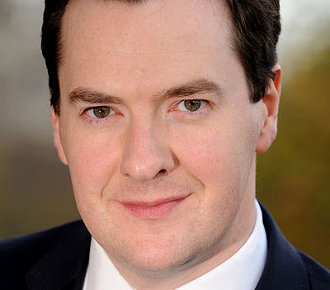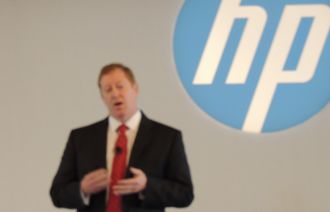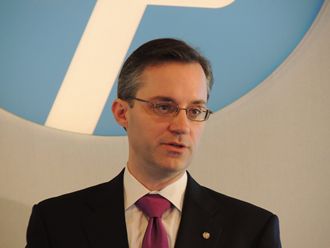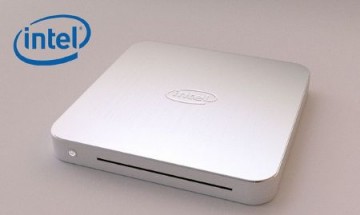 The British Retail Consortium (BRC) has laid down the gauntlet to George Osborne, urging him to use the budget to save the flagging high street.
The British Retail Consortium (BRC) has laid down the gauntlet to George Osborne, urging him to use the budget to save the flagging high street.
The organisation has said that changes such as freezing business rates and cutting bureaucracy could go some way to helping the high street recover, after a tough couple of years.
Yesterday, a separate report by the Local Data Company (LDC) found that the percentage of empty shops in the country’s 650 most popular high streets nationally hit 14.2 percent – roughly 35,500 vacant properties – in December.
Analysts also warned that this number could rise as a result of big brands such as HMV and Jessops going into administration.
Now the BRC has waded into the ongoing crisis demanding that something is done. It said in a report, written in partnership with Oxford Economics, that the retail industry made an “essential contribution” to investment, jobs and growth.
However, operating costs within this industry have risen by a fifth since 2006 and it is centrally-driven costs that have risen most rapidly.
Costs of doing business are claimed to have increased by 21 percent to £20 billion since 2006, while annual operating costs have shot up by from £96 billion to £116 billion, the BRC said.
However, it pointed out that over the same period retailers sales values increased by just 12 percent meaning that the industry faced job losses and store closures.
In its submission, ahead of next month’s budget, the BRC has now said the Chancellor must intervene to support jobs and growth. It wants to see business rates frozen in April 2013 as well as utility bills cut, which the company said will help businesses stay on premesis.
A ‘One in, Two Out’ regulation, which is said to ensure any regulations being scrapped in one sector are replaced with new rules is also being pushed.
The organisation also wants to see a central coordination on implementation of the Portas Review recommendations.



















